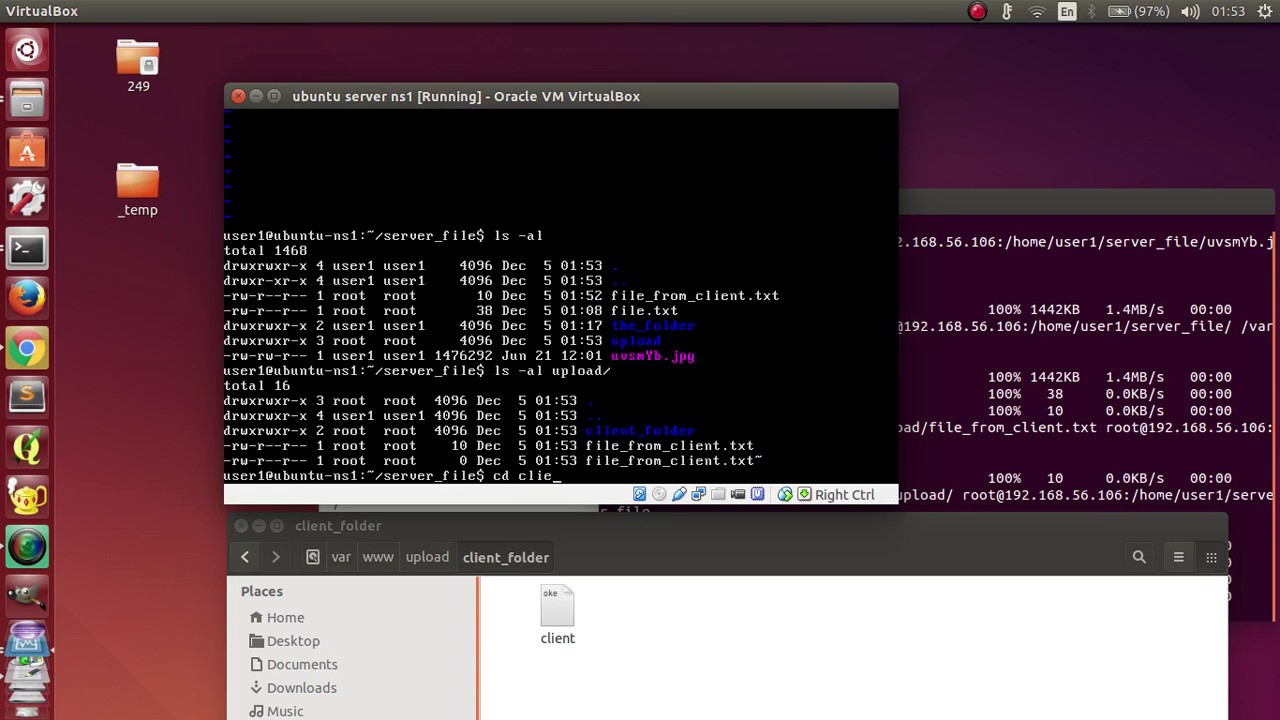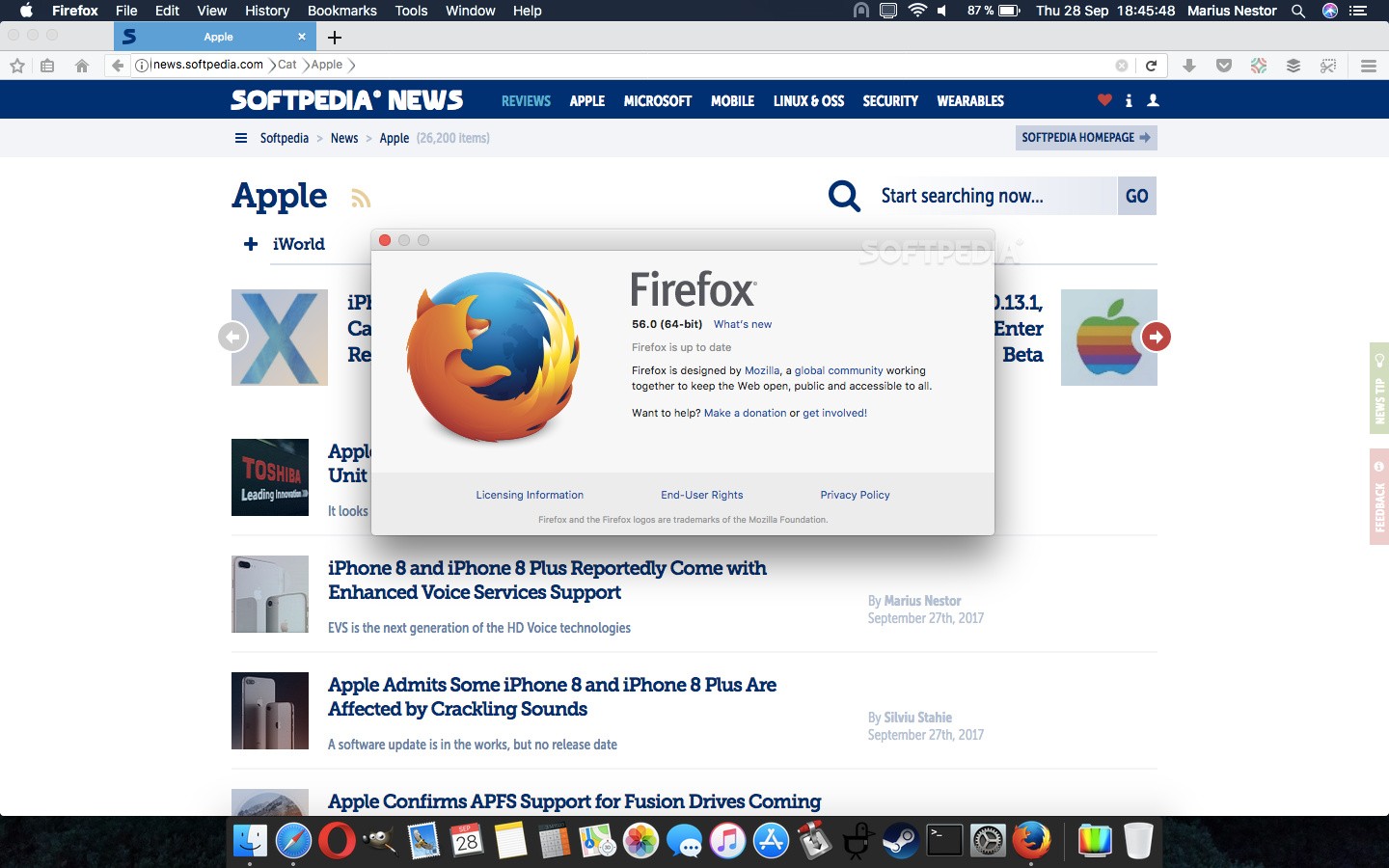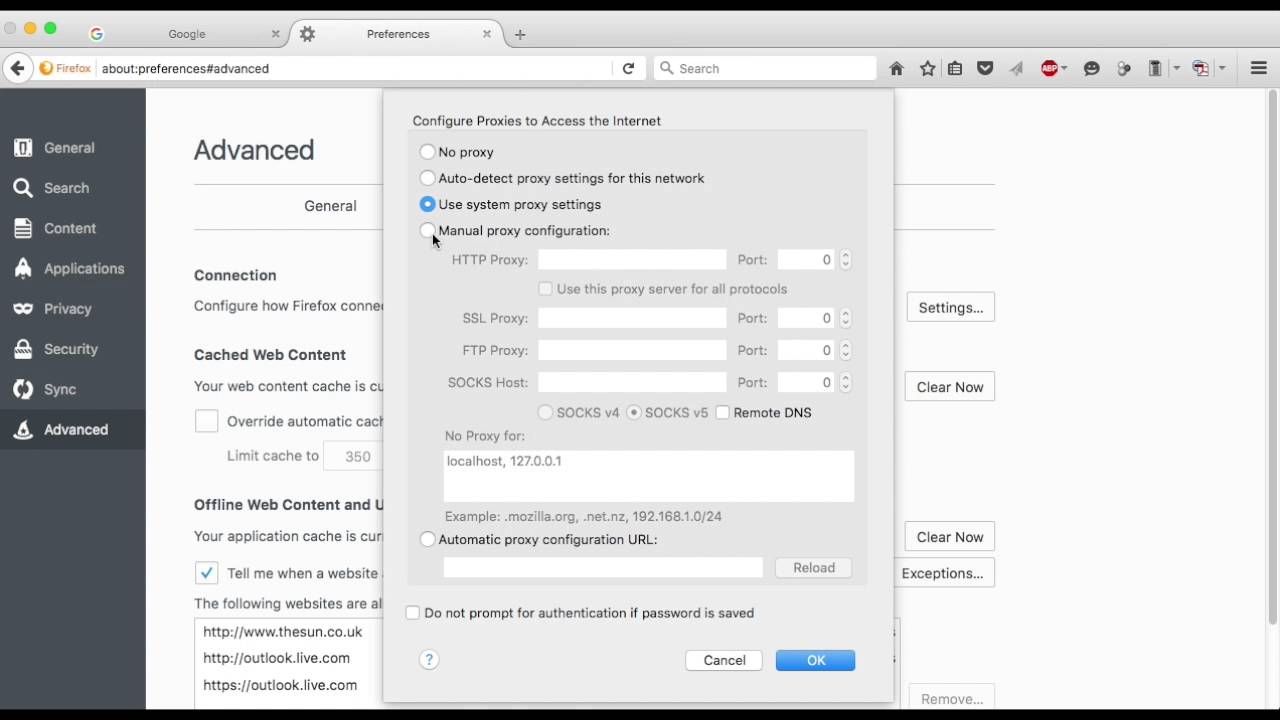Introduction
Firefox is not just a web browser; it's a versatile tool that can be customized to suit a wide range of needs. One of its lesser-known features is its ability to handle FTP (File Transfer Protocol) connections. This means that you can use Firefox to connect to FTP servers, upload and download files, and manage your remote files and folders, all within the familiar interface of the browser.
By leveraging this functionality, you can streamline your workflow and reduce the need for additional FTP client software. Whether you're a web developer, a content manager, or simply someone who needs to transfer files between your computer and a remote server, Firefox's built-in FTP capabilities can be a game-changer.
In this article, we'll explore how to set up and use FTP in Firefox, from configuring the browser to connect to an FTP server to performing file transfers and managing remote files. By the end of this guide, you'll have a solid understanding of how to harness the power of Firefox for FTP tasks, empowering you to work more efficiently and effectively with remote files and servers.
Setting up FTP in Firefox
Setting up FTP in Firefox is a straightforward process that involves configuring the browser to handle FTP connections. By default, Firefox does not enable FTP functionality, but you can easily enable it by following these simple steps:
-
Accessing the Configuration Settings: In the address bar of your Firefox browser, type "about:config" and press Enter. This will take you to the advanced configuration settings for Firefox.
-
Proceed with Caution: Firefox will display a warning message about the risks of modifying advanced settings. Click on the "Accept the Risk and Continue" button to proceed to the configuration settings.
-
Search for FTP Settings: In the search bar at the top of the page, type "network.ftp.enabled". This will filter the settings to display the FTP-related configurations.
-
Enable FTP: You should see a setting named "network.ftp.enabled" in the list. By default, this setting is set to "false". Double-click on the setting to toggle it to "true". This action enables Firefox to handle FTP connections.
-
Verify the Changes: Once you have enabled the "network.ftp.enabled" setting, you can close the configuration tab. Firefox is now set up to handle FTP connections.
By following these steps, you have successfully configured Firefox to handle FTP connections. With this setup, you can now proceed to connect to FTP servers, upload and download files, and manage your remote files and folders directly from the Firefox browser.
Enabling FTP in Firefox provides a convenient and integrated solution for handling FTP tasks, eliminating the need for standalone FTP client software. This streamlined approach can enhance your productivity and simplify your workflow, especially if you frequently work with remote servers and files.
With the FTP functionality enabled, you are now ready to explore the next steps, including connecting to an FTP server, performing file transfers, and managing remote files and folders, all within the familiar interface of Firefox.
Connecting to an FTP server
Connecting to an FTP server using Firefox is a seamless process that allows you to establish a secure link to a remote server, enabling you to transfer files and manage data. Once you have configured Firefox to handle FTP connections, you can initiate the connection to an FTP server by following these steps:
-
Entering the FTP Address: In the address bar of your Firefox browser, type the FTP address in the following format: ftp://username:password@ftp.example.com. Replace "username" with your FTP username, "password" with your FTP password, and "ftp.example.com" with the address of the FTP server you wish to connect to.
-
Press Enter: After entering the FTP address, press Enter to initiate the connection. Firefox will establish a connection to the specified FTP server using the provided credentials.
-
Security Considerations: If the FTP server requires a secure connection, Firefox will prompt you to accept the server's security certificate. This is a standard security measure to ensure that your connection is encrypted and secure.
-
Viewing the FTP Directory: Once the connection is established, Firefox will display the contents of the FTP server, including files and folders. You can navigate through the directory structure just like you would with a regular website, clicking on folders to view their contents.
-
Interacting with Files: From the FTP directory view in Firefox, you can perform various file operations, such as downloading files to your local computer or uploading files to the remote server. This seamless integration allows you to manage your remote files and folders directly from the browser interface.
By following these steps, you can effortlessly connect to an FTP server using Firefox, leveraging its built-in FTP capabilities to streamline your file transfer and management tasks. This integrated approach eliminates the need for standalone FTP client software, providing a convenient and efficient solution for handling FTP connections.
Connecting to an FTP server via Firefox empowers you to seamlessly interact with remote files and directories, enhancing your productivity and simplifying the process of managing data across different servers. With the connection established, you are now ready to perform file transfers and manage your remote files and folders directly within the familiar interface of the Firefox browser.
Uploading and downloading files
Uploading and downloading files via FTP using Firefox is a straightforward process that allows you to seamlessly transfer files between your local computer and a remote server. Once you have connected to an FTP server using Firefox, you can initiate file transfers by following these simple steps:
Uploading Files
- Navigate to the Desired Location: In the FTP directory view within Firefox, navigate to the folder on the remote server where you want to upload the file.
- Select the File to Upload: On your local computer, locate the file you wish to upload to the remote server.
- Drag and Drop: Simply drag the file from your local file explorer and drop it into the Firefox window displaying the remote server's directory. Alternatively, you can use the "Upload" button within the Firefox interface to select the file from your computer.
Downloading Files
- Locate the File to Download: In the FTP directory view within Firefox, navigate to the folder on the remote server where the file is located.
- Select the File: Click on the file you want to download to highlight it.
- Initiate the Download: You can either drag the file from the Firefox window to your local file explorer or use the "Download" button within the Firefox interface to save the file to your computer.
By following these steps, you can efficiently upload files from your local computer to the remote server or download files from the server to your local machine, all within the familiar interface of the Firefox browser. This seamless integration of FTP functionality into Firefox simplifies the file transfer process, eliminating the need for standalone FTP client software.
Uploading and downloading files via Firefox's built-in FTP capabilities enhances your workflow by providing a convenient and integrated solution for managing remote files and folders. Whether you are a web developer updating website content or a content manager transferring files between systems, leveraging Firefox for FTP tasks can streamline your file management processes and improve productivity.
With the ability to effortlessly upload and download files using Firefox, you can efficiently transfer data between your local computer and remote servers, all while benefiting from the familiar interface and features of the Firefox browser. This integrated approach to file transfers empowers you to handle FTP tasks seamlessly, enhancing your overall efficiency and effectiveness in managing remote files and directories.
Managing files and folders
Managing files and folders using Firefox's FTP capabilities provides a seamless and integrated solution for organizing and manipulating remote data. Once connected to an FTP server through Firefox, you can efficiently manage files and folders directly within the browser interface. This streamlined approach eliminates the need for standalone FTP client software, offering a convenient and familiar environment for file management tasks.
Navigating the Directory Structure
Upon connecting to an FTP server, Firefox displays the directory structure, allowing you to navigate through folders and access files with ease. Similar to browsing a local file system, you can click on folders to view their contents and navigate to specific directories within the remote server. This intuitive navigation simplifies the process of locating and managing files and folders, enhancing your overall efficiency when working with remote data.
Renaming and Deleting Files
Firefox's integrated FTP functionality enables you to rename and delete files directly from the browser interface. By right-clicking on a file, you can access options to rename or delete it, providing a straightforward method for organizing and maintaining your remote files. This seamless file management capability streamlines the process of making adjustments to the file structure on the FTP server, empowering you to maintain a well-organized and up-to-date repository of files and folders.
Creating and Modifying Folders
In addition to handling individual files, Firefox allows you to create and modify folders within the remote server's directory structure. By right-clicking within the FTP interface, you can access options to create new folders or rename existing ones, providing the flexibility to organize and structure the remote file system according to your specific needs. This capability simplifies the task of managing the directory hierarchy, allowing you to maintain a well-structured and easily navigable repository of files and folders.
Sorting and Filtering Files
Firefox's FTP interface offers features for sorting and filtering files, allowing you to arrange and view the contents of the remote server based on various criteria such as file name, size, and modification date. This functionality enhances the accessibility and organization of remote data, enabling you to quickly locate and manage files based on specific attributes. By leveraging these sorting and filtering capabilities, you can streamline the process of managing files and folders within the FTP environment, optimizing your workflow and productivity.
Overall, Firefox's built-in FTP capabilities provide a comprehensive set of features for managing files and folders within remote servers. By integrating file management tasks into the familiar interface of the browser, Firefox simplifies the process of organizing, manipulating, and maintaining remote data, offering a convenient and efficient solution for handling FTP-related file management tasks. With the ability to navigate directories, rename, delete, create, and modify files and folders, as well as sort and filter data, Firefox empowers users to effectively manage their remote file systems, enhancing productivity and workflow efficiency.
Conclusion
In conclusion, Firefox's integration of FTP capabilities offers a compelling solution for handling file transfer and management tasks within the familiar interface of the browser. By enabling and leveraging Firefox's built-in FTP functionality, users can streamline their workflow, reduce the reliance on standalone FTP client software, and efficiently interact with remote servers and files.
The process of setting up FTP in Firefox, as outlined in this guide, provides a seamless transition to incorporating FTP tasks into the browser. By configuring Firefox to handle FTP connections, users can harness the power of the browser to connect to FTP servers, upload and download files, and manage remote files and folders. This integrated approach eliminates the need for additional software, simplifying the overall file transfer and management process.
Connecting to an FTP server using Firefox is a straightforward and secure process, allowing users to establish a secure link to remote servers and seamlessly transfer files. The ability to upload and download files directly within the Firefox interface enhances convenience and productivity, offering a unified platform for managing local and remote data.
Furthermore, Firefox's FTP capabilities extend to comprehensive file and folder management, providing intuitive navigation, renaming, deleting, creating, and modifying options within the remote server's directory structure. The seamless integration of these features into the browser interface enhances efficiency and organization when working with remote files and directories.
By embracing Firefox's built-in FTP capabilities, users can benefit from a unified and familiar environment for handling FTP tasks, ultimately improving productivity and workflow efficiency. Whether it's web developers updating website content, content managers transferring files, or individuals managing remote data, Firefox's FTP functionality offers a versatile and integrated solution for a wide range of users.
In essence, Firefox's incorporation of FTP capabilities aligns with its commitment to providing a versatile and customizable browsing experience. By empowering users to handle FTP tasks within the browser, Firefox continues to demonstrate its adaptability and utility as a comprehensive tool for diverse user needs. Leveraging Firefox for FTP tasks not only simplifies file transfer and management but also contributes to a more seamless and integrated browsing experience for users across various domains.

























